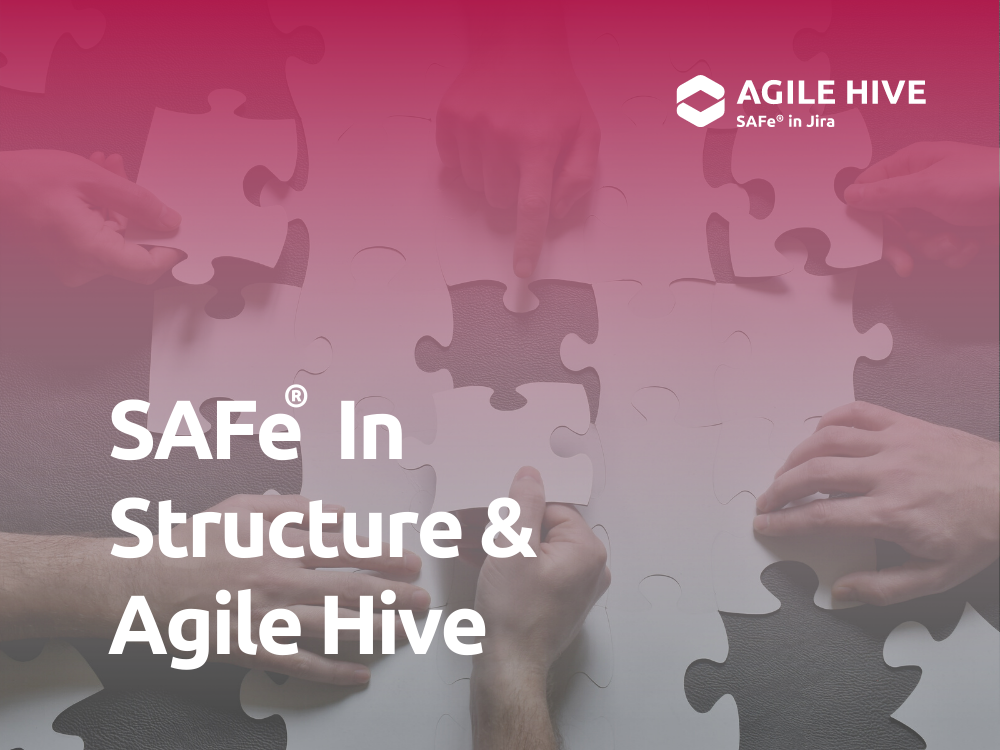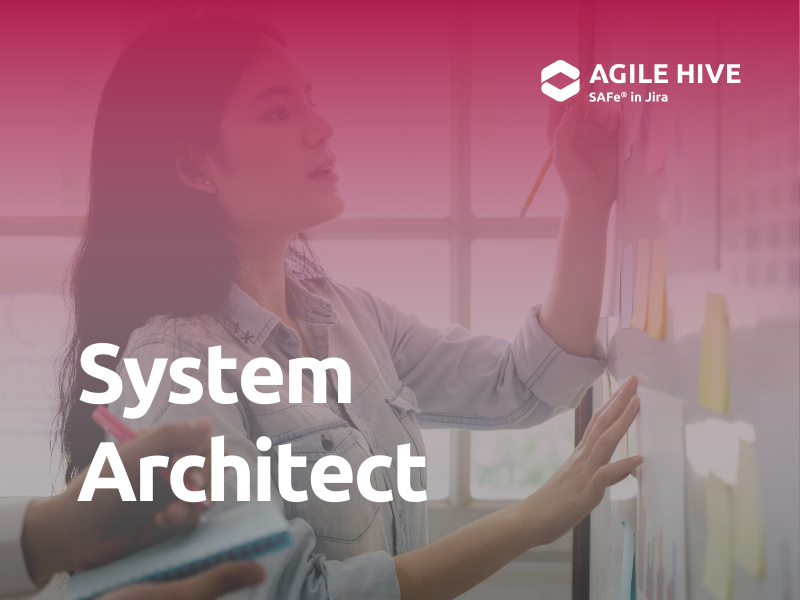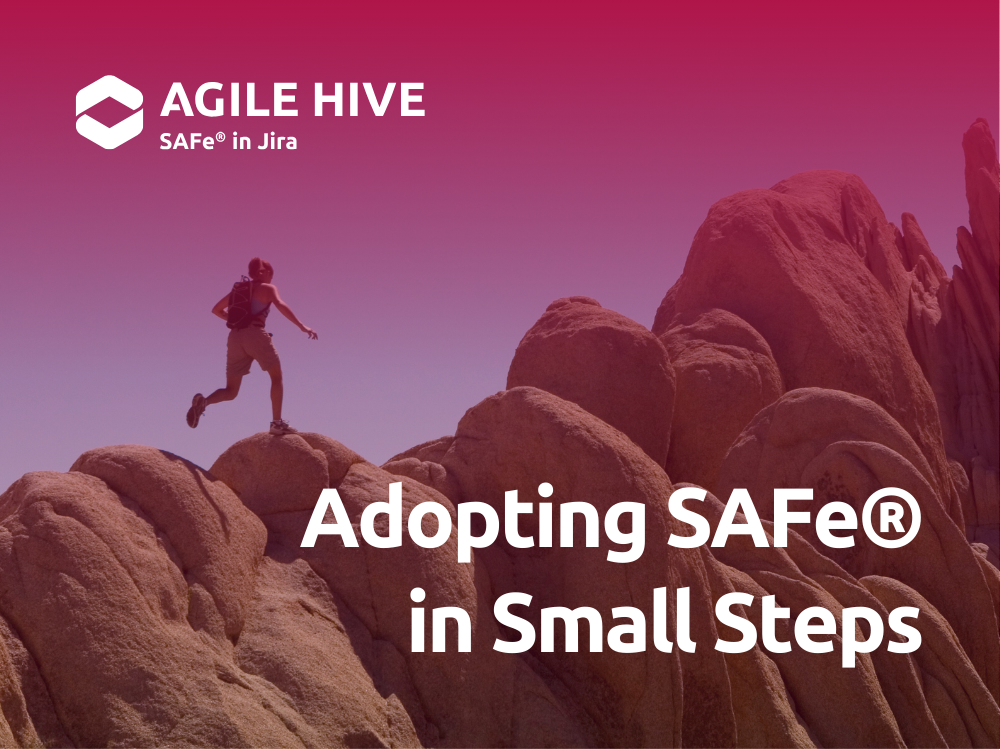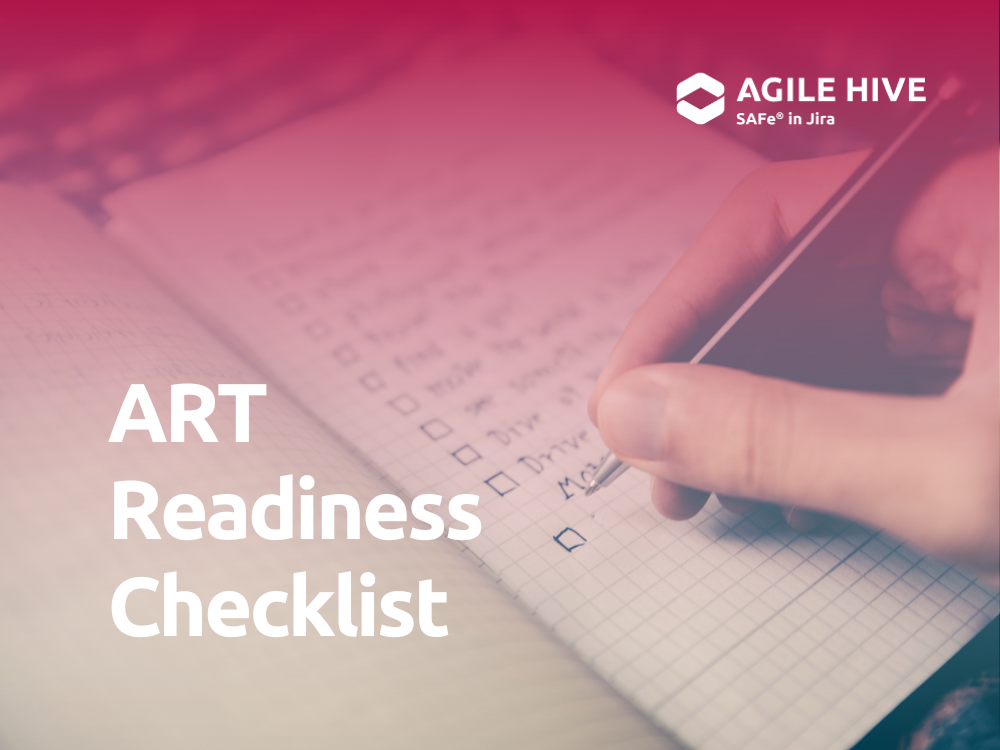PI Planning in SAFe®; one might need to rethink processes if the adage, “not my circus, not my monkeys” comes to mind when asked to describe recent attempts.
An Agile Release Train (ART) time-boxes and sets the cadence for its PI Planning event. The purpose being to align teams and stakeholders to a common vision. As the good folks at Scaled Agile correctly assert, “If you are not doing it (PI Planning), you’re not doing SAFe®”. Given recent experiences with fully remote or hybrid events, there must be live, concurrent, interactive discussion and planning.
We explore a number of key components and strategies leading up to and during a PI Planning event that can help make it a great success. Additionally, we’ll be highlighting how Agile Hive can be an integral part of this process.

You Get What You Give
“You get out of life what you put in.”
Tina Seelig
In the case of what makes for a successful PI Planning event, there are some key inputs needed to yield a number of critical outputs.
Content including a Roadmap and statement of vision, the business stakeholders’ respective context briefings (i.e. business context, product vision and architectural guidance), and last but not least, identification of the highest priority features of the backlog must be present.
There are three areas of readiness that must be ready to go; organizational, content, and logistics.
On Your Mark
Regarding organizational preparedness heading into PI Planning, these include topics such as;
- Identifying which teams will need to plan together
- Do the Business owners agree (at least to some degree) on priorities for the event?
- Have they identified and agreed upon the scope of the PI Planning?
- Do the teams have dedicated positions filled for Product Owners, Scrum Masters, etc.?
It is critical to have these elements in place in order to maintain a regular cadence of PI Planning events. To that end, Agile Hive on-prem includes templates and checklists to be used within Confluence to assist with the planning phase.
Get Set
The respective teams must prepare briefing content at the architectural (CTO, enterprise, or system), product management, and executive levels.
At the architectural level, this content would most likely include new enablers, NFRs (non-functional requirements) and the like. For those in product management, this could include content top ranked features from the backlog. Executive level content would then provide the broader, overarching business context.
Go!
With the organizational specifics and content in place, the last preparatory element comes down to the logistical; physical meeting spaces and all the relevant needs (food and accommodations, etc.), audio/visual communications (presentation platform, sound and video equipment), and the documentation and tooling needed to coordinate the PI Planning event.

Setting The Agenda
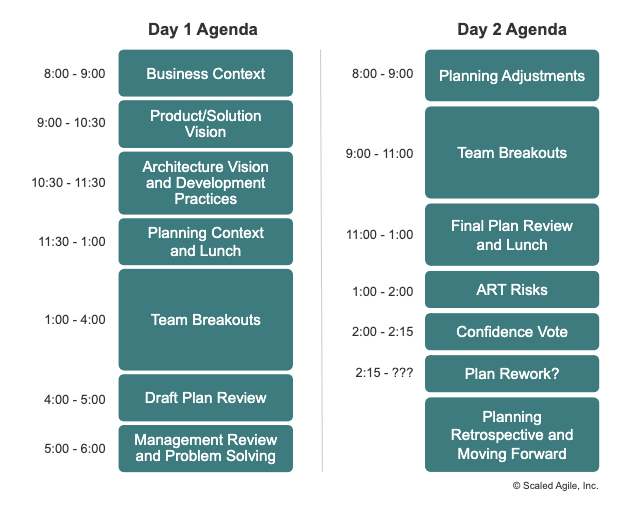
Two full days are needed to properly complete all the steps of a PI Planning event according to the Scaled Agile Framework. It can be tricky to find the dates and times that everyone involved in the ART will attend, considering many organizations are spread across multiple time zones and may be attending remotely.
Starting with the business context, product or solution vision, and the development practices and architecture vision on the morning of the first day, the stage is being set for the work that lies ahead the next day and a half. Consider this as the framework, but know it allows for some flexibility in timing. That is, given factors like the size of your distributed teams and complexity of the visions, some sessions may need more time while others need less.
C’mon, Break It Up
The afternoon of day one, things start to “get down to brass tacks” as the saying goes. With a couple hours of Team Breakouts taking place, teams get to work respectively identifying risks and dependencies. All can see these placed on the program board.
We’d like to discuss traditional PI Planning tools developed during times when in-person events were the norm. This contrasts modern tools, enabling and supporting a combination of in-person, remote, and hybrid events. Originally, the tools used for PI Planning included things like large paper or whiteboards, sticky notes. They used something as simple as string to demonstrate dependencies between features.

Fast forward to 2023, and your toolset is now primarily, if not almost exclusively, digital. And it’s at this point, we’d again like to toot our own horn with Agile Hive. Agile Hive completely integrates with Jira for PI Planning purposes and it is specific to SAFe®. It is not a stand-alone, companion tool. Rather it runs exclusively within Jira and complies with SAFe® methodology from start to finish, and that includes PI Planning.
Agile Hive | On-Prem and Now for Cloud
Available for both on-prem and now Jira Cloud, Agile Hive offers drag-and-drop functionality throughout, the ability to visually map both Breakout and Program Boards, the visualization of dependencies across teams, estimation of story points, as well as adding and arranging features into swimlanes. The Breakout Board within Agile Hive includes Sprint Capacity, extremely useful for PI Planning.
We can adjust individual team capacities from one iteration to the next to account for changes in staff availability. The Program Board provides an overview of external dependencies to teams that are outside of the ART but working towards a planned feature.
We’ll leave you with additional information at the close of this article on how to get in touch to schedule a demo and learn more about our “SAFe® in Jira Solution”.
Now Back To Our Regularly Scheduled Program
Rounding out the schedule for day one following the Team Breakouts, comes two separate sessions of review; draft plan review, then management review and problem solving. The draft plan review presents planning outputs. Identify the load and capacities for each team, identify potential risks and dependencies, and draft objectives.
Additionally comes the management review and problem-solving session. Here working in unison, managers may identify recommended adjustments to planning schedules and changes in scope. The stakeholders make decisions to achieve defined, achievable objectives. The Release Train Engineer (RTE) steps in and keeps them gathered for as long as is necessary.
It is also quite common at the end of day one for cross-ART work to take place. When needed, Solution Trains will hold reviews and workshops to address identified cross-ART issues. RTEs of the trains involved will talk with one another to discuss any dependencies and problems. It is the Solution Train Engineer (STE) who will then coordinate the conversation surrounding issues extending across ARTs.
The New Day
“With the new day
comes new strength and new thoughts.“
Eleanor Roosevelt
The second day of PI Planning starts off with planning adjustments. As we noted in the previous section, the first day finishes with an evaluation and most likely reassessment and recommended changes to the original plans laid out at the start of the event. This is iterative transparency and alignment at work.
Management presents any changes to the original scope, changes in personnel, or responsibilities. The team makes plans and adjustments in the next round of team breakouts. It is also at this point the Business Owners will assign a business value to the objectives defined by the teams.

Next comes the final plan review, followed by lunch. The afternoon consists of identifying ART PI risks, the confidence vote (“fist of five”), and any plan necessary rework. Finally, a brief retrospective lead by the RTE. This captures the “what went well”, “what didn’t”, and “what to do better next time”.
The entire train discusses the risks identified during the planning phase for the ART PI risks portion of the agenda. This takes place with honesty and transparency. The group will discuss and categorize the risks. A confidence vote is taken indicating their level of conviction, whether they can meet the objectives of the PI.
If needed, each respective team will tweak the objectives in a plan rework session until they achieve a high confidence level that all can be achieved. The brief retrospective is the equivalent of wrapping the PI Planning up with a bow.
Turn The Page
Now the execution of the PI begins, making good on the commitments made in planning. And that is where the focus of this article ends.
As one can see, to borrow from an age-old adage, “good work in equals good work out”. Proper preparation for a PI Planning event, and following the steps outlined in this article, all based on the suggested SAFe® two-day agenda, should yield you and your organization a good balance of preparation and execution to achieve the outcomes desired.
Additionally, the proper tools will make a significant difference, which brings us back to Agile Hive. Its deep integration with both Confluence and Jira makes it the most powerful solution to implement SAFe®. Everything from preparing the Business Context, Product Vision, PI Planning Agenda in Confluence, to the Digital Breakout, Program Boards, Program Risks in Jira, and that’s just scratching the surface, can be found in Agile Hive.
As an official Scaled Agile Platform Partner, we’d love to speak with you individually on tooling in SAFe®. Feel free to reach out to schedule a demo with us. We look forward to hearing from you!



